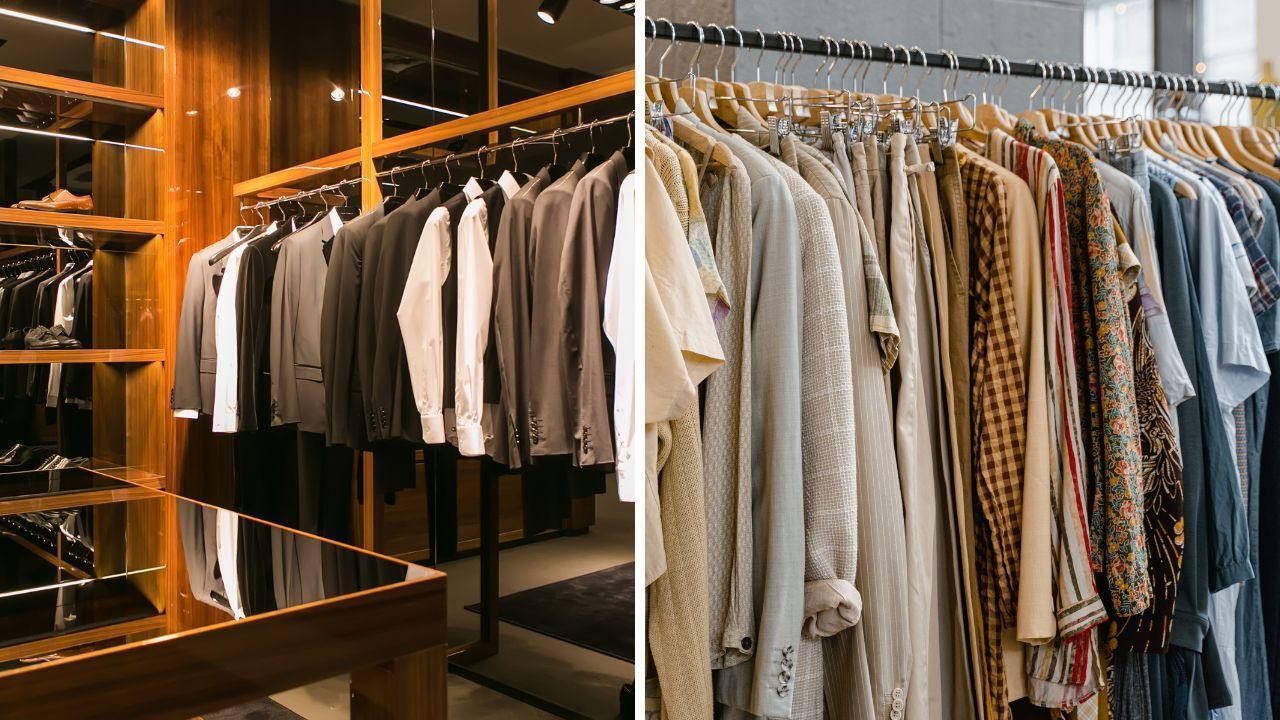
Post by : Zayd Kamal
War has always played a significant role in shaping societies and cultures, and one of the most fascinating aspects of this influence is seen in fashion. Throughout history, conflicts have altered not only the fabric of society but also the very fabric people wear. This article explores the intricate relationship between fashion and war, showcasing how conflict has influenced clothing trends across various eras. From utilitarian designs born out of necessity to the dramatic shifts in style during peacetime, understanding this connection provides insight into the broader narrative of human experience.
Historically, clothing has served as a powerful tool for identity and expression. In times of war, practical considerations often take precedence, leading to significant changes in fashion. For instance, during World War I, military uniforms were designed for functionality rather than style, featuring durable fabrics and practical cuts. This era marked a departure from the elaborate fashions of the previous Victorian age, reflecting a societal shift towards pragmatism.
The influence of the military on civilian fashion is notable. The adoption of trousers by women during this time was a revolutionary change. As women entered the workforce to fill roles left vacant by men who went to fight, they needed clothing that allowed for greater mobility. This necessity not only changed women’s fashion but also laid the groundwork for the evolution of women's rights and gender roles in society.
Following World War I, the 1920s ushered in a period of immense change and innovation in fashion. The war's end sparked a desire for freedom and self-expression, leading to the emergence of the flapper style. Women began to embrace shorter hemlines, loose-fitting garments, and bold accessories, symbolizing their newfound independence.
This transformation can be linked directly to the societal changes brought about by the war. As women had experienced new freedoms and responsibilities during the conflict, they sought to express their autonomy through their clothing. The 1920s became a decade of rebellion against traditional norms, paving the way for future fashion trends that emphasized individuality and creativity.

World War II brought about another significant shift in fashion. Rationing led to a scarcity of materials, which forced designers to innovate and adapt. Clothing became more functional, with an emphasis on durability and utility. Designers like Christian Dior emerged after the war with new styles that celebrated femininity, contrasting sharply with the wartime focus on practicality.
The introduction of the "New Look" by Dior in 1947 is a prime example of how fashion and war intersected. The silhouette featured a cinched waist and full skirt, symbolizing a return to femininity after years of utilitarian styles. This trend was not just about clothing; it represented a societal shift back to traditional gender roles, reflecting the complex aftermath of the war and the desire for normalcy.
As the world moved into the 1960s, the influence of conflict on fashion took a new turn. The Vietnam War sparked widespread protests and countercultural movements, leading to a significant change in clothing styles. The rise of the hippie movement saw the embrace of colorful, loose-fitting clothing, with an emphasis on peace and love.
Fashion became a powerful tool for self-expression and political commentary. Tie-dye shirts, bell-bottom pants, and peace symbols adorned clothing, symbolizing a rejection of mainstream values and a call for change. This period highlighted the role of fashion and war as a medium through which individuals could voice their beliefs and challenge societal norms.
In the contemporary world, the relationship between fashion and war continues to evolve. Conflicts in various parts of the world influence designers, who often draw inspiration from military aesthetics. Camouflage patterns, for instance, have made their way into everyday fashion, signifying the blurred lines between military and civilian life.
Moreover, modern fashion often reflects societal issues, including conflict and displacement. Designers like Giorgio Armani and Balmain have created collections that pay homage to the resilience of those affected by war, using fashion as a platform to raise awareness and foster empathy.
In recent years, the influence of war has also led to a growing awareness of sustainable fashion. The humanitarian crises resulting from conflict have prompted designers to consider the environmental and social impact of their work. This shift has led to the rise of ethical brands that prioritize sustainability, fair trade, and responsible sourcing.
This article, titled Fashion and War: The Influence of Conflict on Clothing Trends Through the Ages, talks about how fashion changes during wars. Throughout history, when there are conflicts, people often change what they wear. For example, during World War I, women's clothes changed a lot because they needed to be practical and comfortable. This showed how fashion and war are connected. After the war, in the 1920s, women started wearing shorter dresses and having fun with their style, showing their freedom.
During World War II, clothes became simple and useful again because of material shortages. Designers like Christian Dior brought back fancy styles after the war, showing how fashion and war can go hand in hand. In the 1960s, the Vietnam War inspired young people to wear colorful and loose clothes as a way to protest and show peace. Today, fashion and war continue to be linked, with styles that remind us of military themes and the impact of conflict on people’s lives. Understanding this connection helps us see how fashion and war reflect our world and the stories behind our clothing choices.
This article is provided by the dxb news network for informational purposes only. The views expressed in this article are those of the author and do not necessarily reflect the views of the dxb news network. Readers are encouraged to explore and learn more about the rich history of fashion and war and how these elements shape our culture today.
Fashion, War, Clothing Trends, Historical Fashion, Military Influence, World War I, World War II, Women’s Fashion, Utilitarian Clothing, Fashion Revolution, Cultural Impact, Conflict and Fashion, Feminism and Fashion, Post-War Fashion, Fashion as Protest, Sustainable Fashion, Political Statement, Camouflage, Fashion History, Societal Change
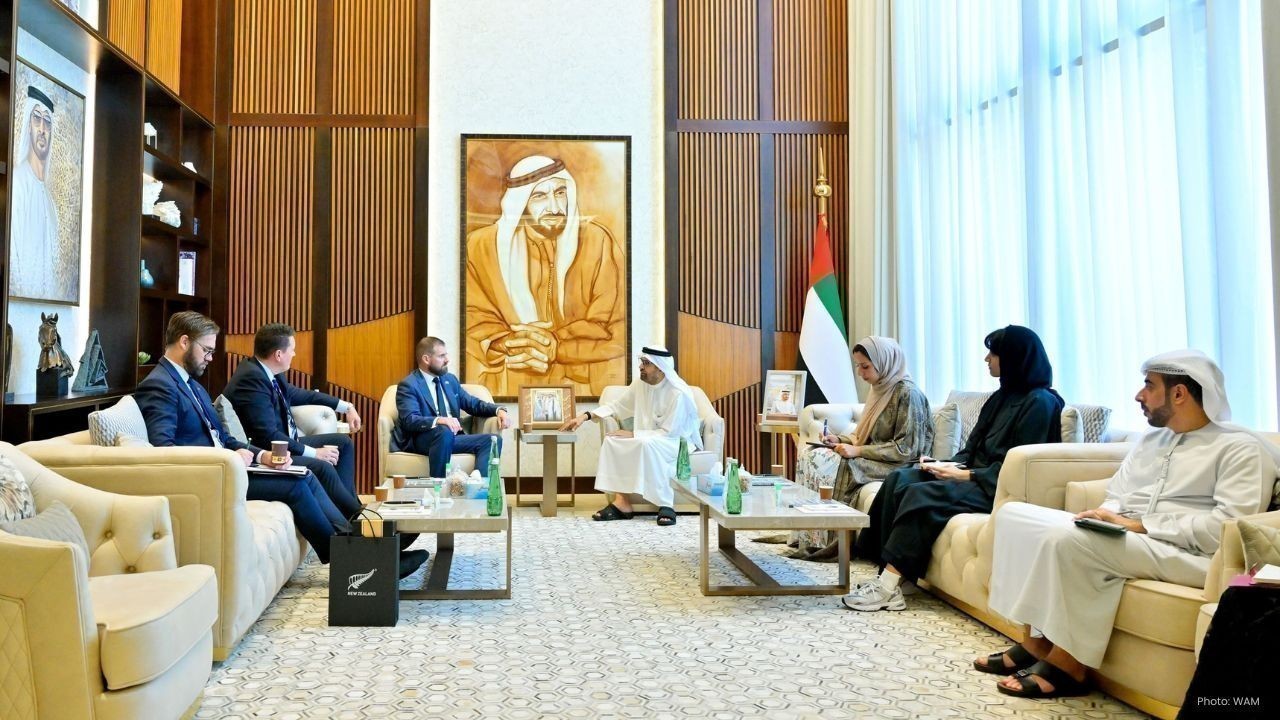
UAE, New Zealand Strengthen Parliamentary Ties in Abu Dhabi
UAE and New Zealand explore deeper parliamentary cooperation, reflecting strong diplomatic ties, sha
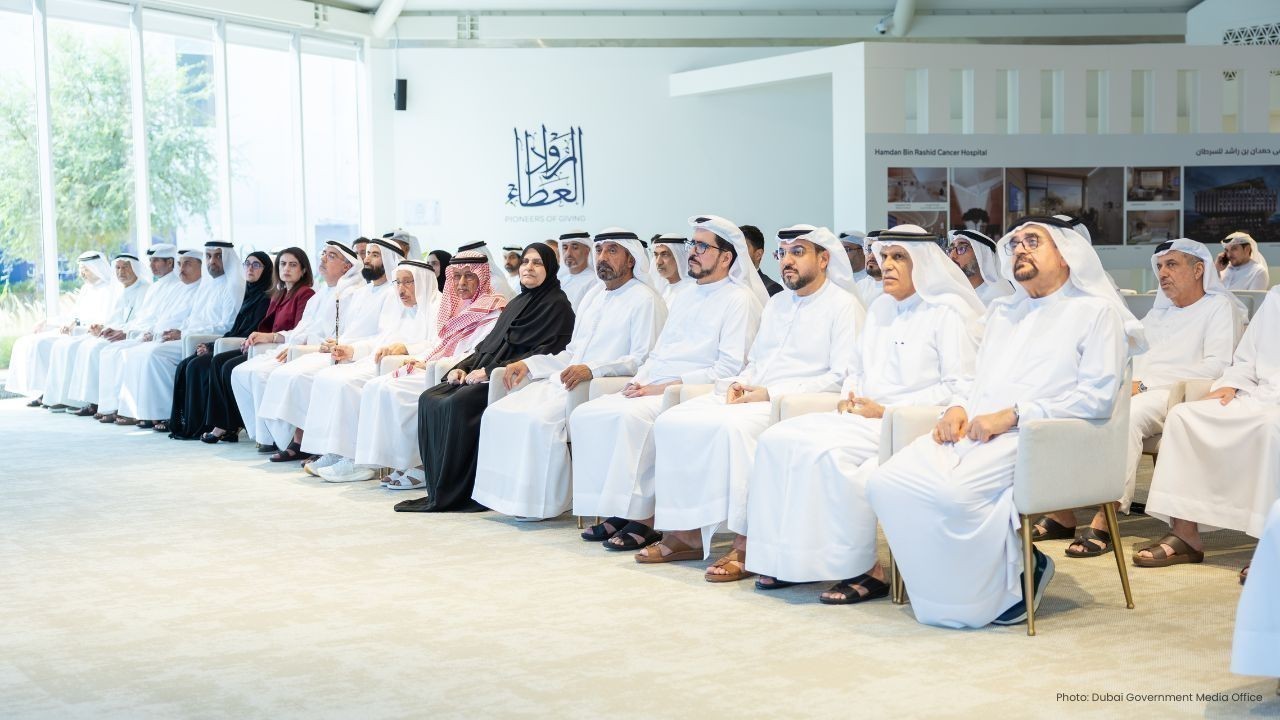
Dubai Honours Donors Driving Hamdan Cancer Hospital Build
Dubai recognises 55 donors supporting Hamdan Bin Rashid Cancer Hospital, the emirate’s first fully i
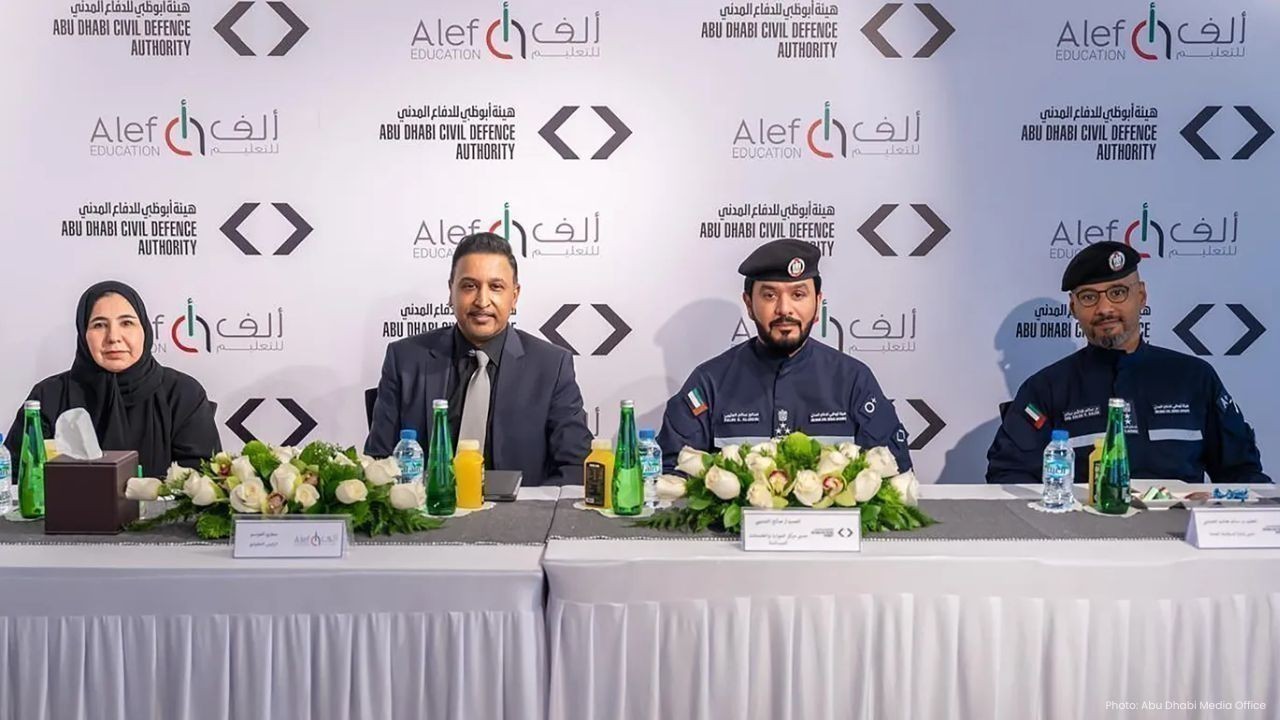
Abu Dhabi Expands Bader Project to Boost Student Safety Nationwide
Abu Dhabi Civil Defence launches Bader Phase 2, reaching 480,000 students with safety education, int
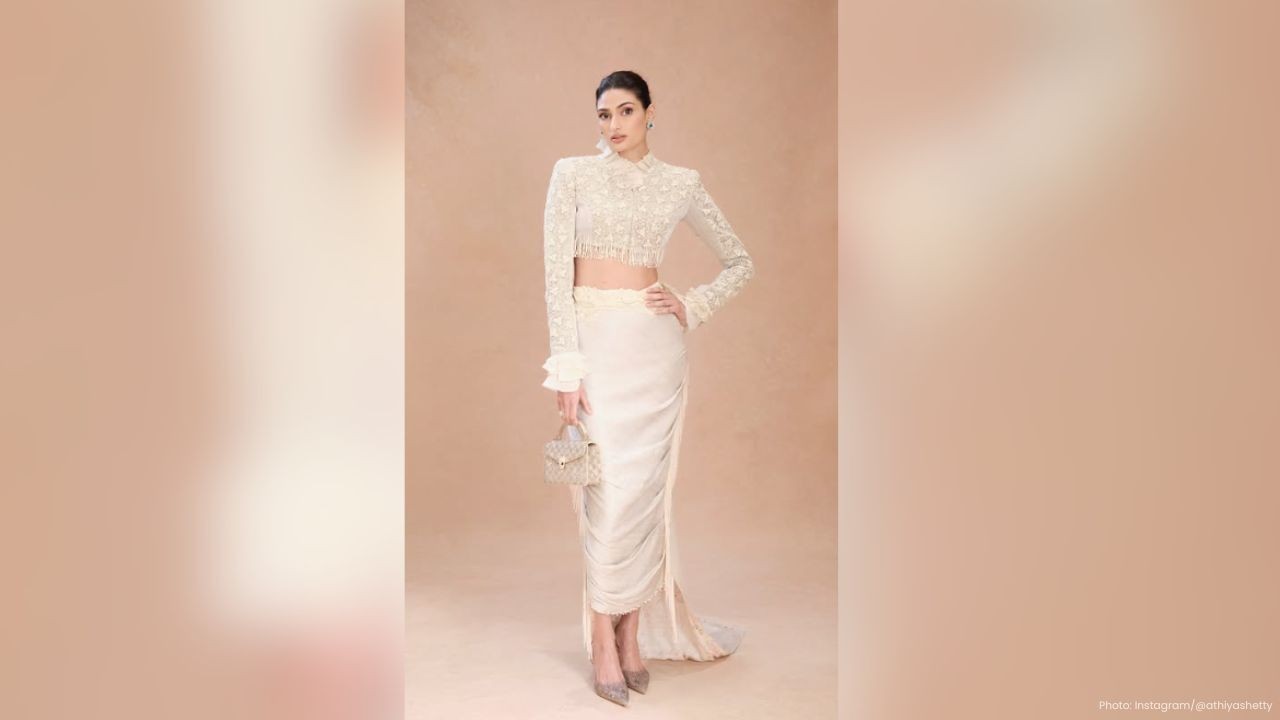
Athiya Shetty’s Elegant Comeback at Bvlgari’s Mumbai Exhibition
New mom Athiya Shetty dazzles in an ivory Anamika Khanna look at Bvlgari’s Serpenti Infinito Exhibit
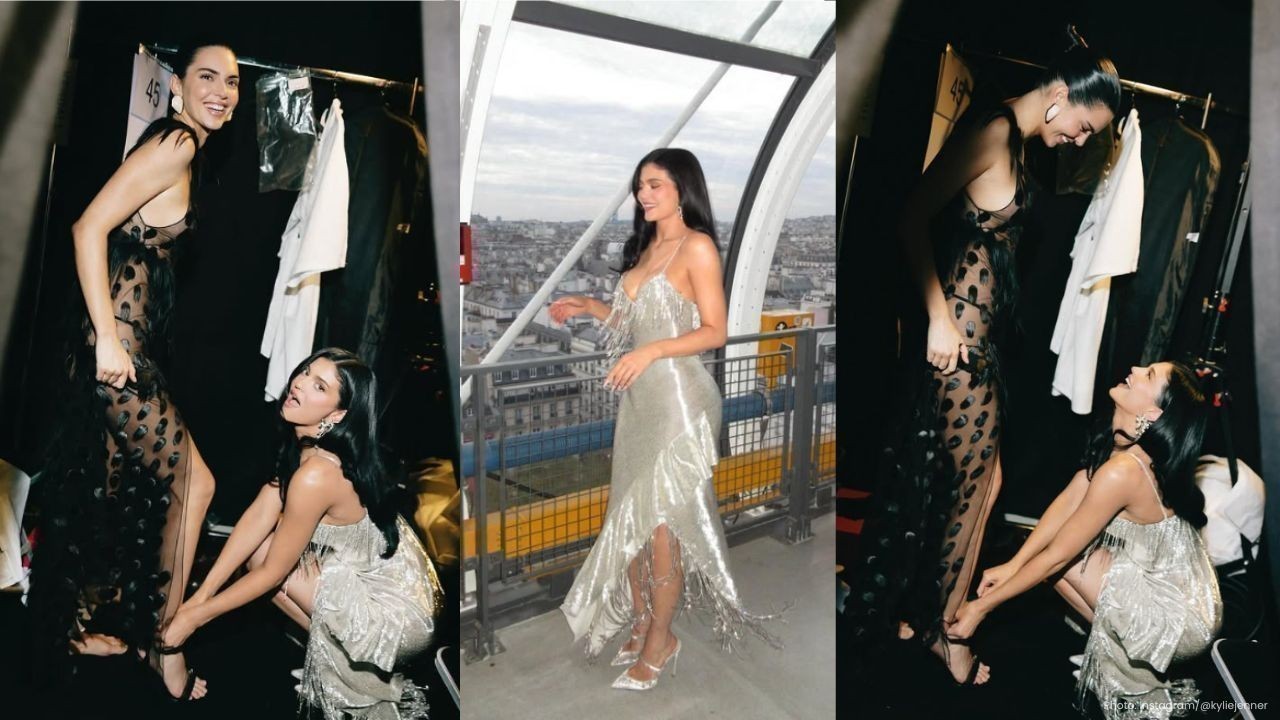
Kendall Jenner Dazzles in Sheer Naked Dress at Schiaparelli
Kendall Jenner stuns in a daring sheer gown as she closes Schiaparelli’s Spring 2026 show in Paris,

Dubai Taxi, Etihad Rail Unite for Seamless 2026 Travel
Dubai Taxi Company and Etihad Rail join forces to offer unified road-rail mobility, enhancing passen

Cebu Earthquake Strikes During Miss Asia-Pacific Gala Night
A 6.9-magnitude earthquake hits Cebu during Miss Asia-Pacific International gala, killing 72 and inj

Skin Microbiome Secrets to Healthy and Balanced Skin
Explore the skin microbiome its role in skin health and simple ways to keep your skin balanced healt

Sarcopenia How Aging Steals Muscle and Ways to Stay Strong
Discover sarcopenia the silent muscle loss with age its signs causes and simple ways to stay strong

Cultural Appropriation vs Appreciation Respecting Global Traditions
Learn the difference between cultural appropriation and appreciation to respect traditions and celeb

Uniform and Rebellion How Personal Identity Thrives Within Rules
Explore how uniforms shape identity and spark subtle rebellion blending conformity with personal exp

The Unseen Labor Behind Fashion Inside the Secret Stitch
Discover the hidden world of fashion labor and the secret stitch behind every garment Honor the hand

Digital Couture The Future of Fashion in a Virtual World
Explore Digital Couture virtual fashion creative designs eco friendly trends and how technology is s

Fast Fashion Mental Cost How Clothes Affect Your Mind & Mood
Discover how fast fashion affects your mind from trend pressure to social comparison and learn ways

The Solaya Project 234 Ultra Luxury Beachfront Homes in Jumeirah 1
Experience The Solaya Project in Jumeirah 1 with 234 luxury beachfront homes world class amenities a